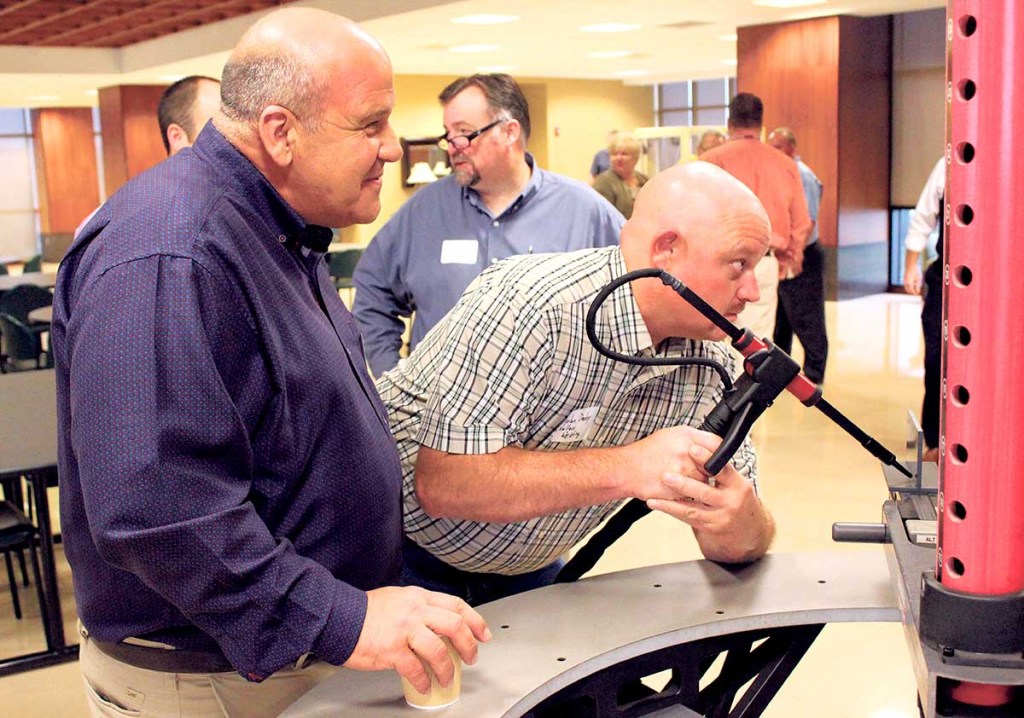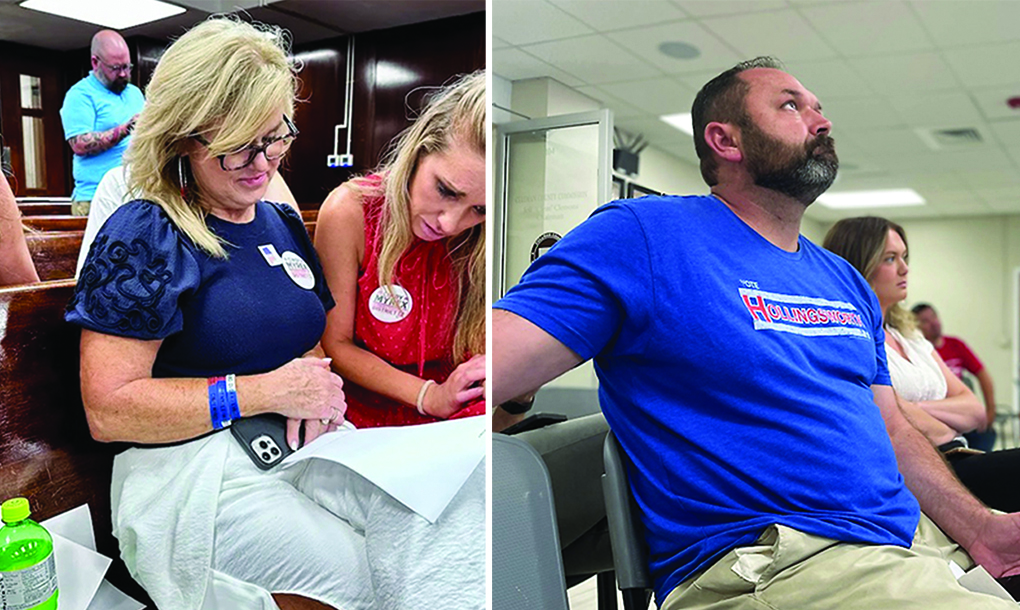WSCC nominated for $1 million Aspen Prize
Published 5:15 am Friday, October 13, 2017

- Wallace State welding instructor Nolan Dooley demonstrates a virtual reality welding simulator to Cullman County Commissioner Garry Marchman.
For the third time in only five years, Wallace State Community College has been selected as one of 150 community colleges nationwide to compete for a $1 million prize aimed at recognizing schools that consistently help their students achieve.
The Aspen Institute announced Wednesday that Wallace State was selected from a pool of nearly 1,000 public two-year colleges to compete for its Aspen Prize.
Trending
Awarded once every two years, the Aspen Prize comes with a $1 million general endowment for the winner to use to further enhance rates of student success.
“An Aspen Prize nomination is among the highest accolades a community college can receive, and this recognition is especially gratifying for Wallace State,” college President Dr. Vicki Karolewics said in a press release Thursday.
Wallace State will advance to the next round of the competition by submitting an application, which the Aspen Institute will evaluate for a spot on the top ten Aspen Prize finalists list.
Top ten finalists will be named in May 2018. The Aspen Institute will then conduct site visits to each of the finalists and collect additional data on each school. In spring of 2019, an Apsen-appointed jury will select the grand prize winner, as well as recognize “finalists with distinction” and “rising stars.”
Since 2011, the Aspen Prize has awarded two-year public institutions for outstanding achievement in four areas: learning; certificate and degree completion; employment and earnings; and high levels of access and success for minority and low-income students.
WSCC’s nomination, said Karolewics, “represents the dedication of our administration, faculty and staff to student success as evidenced by our extensive work in Achieving the Dream and the American Association of Community College’s Guided Pathways Project, the addition of stackable credentials leading to greater opportunities for completion, and the investment we have made in success coaching for students. All of these efforts have contributed to ever-increasing rates of students earning credentials before transferring and/or entering the workforce.”





